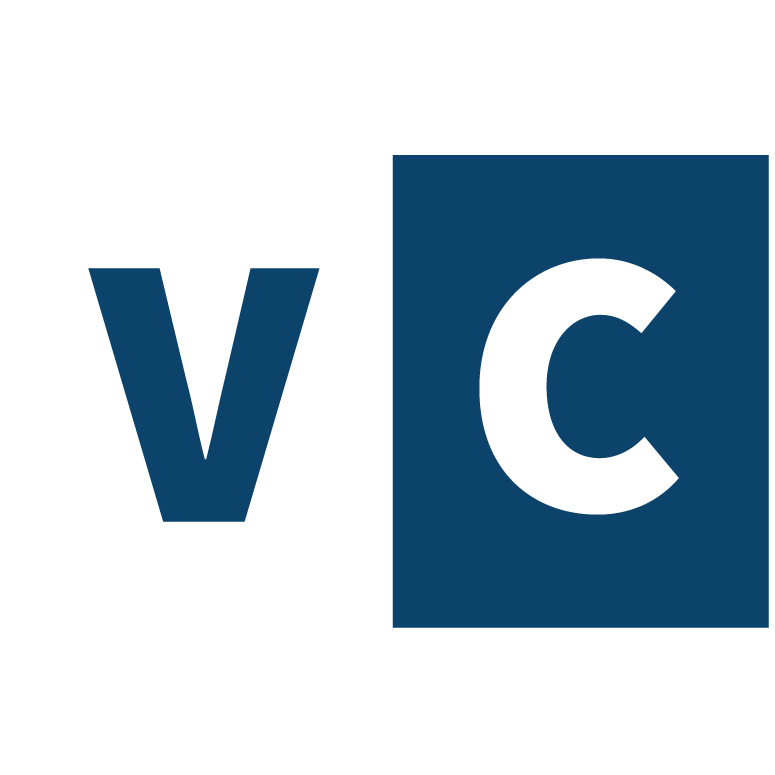134. Per Bylund: The Unrealized
Understanding The Unrealized requires us as entrepreneurial businesspeople to think better, and to resist settling for what is merely feasible in a regulated, risk-mitigated world. We must ask what could be possible in a different world, and act on that basis. Sound economics supports such action. Per Bylund takes us through his thinking about The Unrealized.
Key Takeaways and Actionable Insights
First, see beyond what’s there.
From Bastiat’s famous parable about the broken window comes the economist’s instinct to think about 2nd, 3rd, and Nth order consequences of actions. These are typically unseen by those who don’t think like economists, and never even considered by politicians.
Entrepreneurs always have 2nd or 3rd alternative actions in mind if the consequences of their first choice are unexpected, and they will always adjust further if required by customer feedback, with the constant aim of producing high customer value and satisfaction. They see beyond what’s there.
Government regulators and legislators make promises on the basis of forecast 1st order consequences only.
Regulators promise that the consequences of their actions will be beneficial, at least to some groups. For example, in minimum wage legislation, they promise a pay raise for the lowest paid workers. What is not seen are all the jobs that disappear — are never offered — as a 2nd order consequence of making minimum wage labor unaffordable to the profit seeking entrepreneurs, the ones who create jobs.
Beyond the unseen is The Unrealized.
In reality, regulations are not what politicians promise. They are not actions to help people. They are restrictions on entrepreneurs’ economic behavior. Entrepreneurs are aiming at satisfying customer wants as much as possible. Regulations aim to restrict this customer-satisfying action by forbidding certain innovations, or declaring that they must be designed and implemented in ways that have value for the regulator and not for the customer or entrepreneur.
Entrepreneurs are forced to abandon some of their efforts to generate new value by satisfying customers, or to redirect their efforts into less value-producing channels. The potential output of their creativity goes Unrealized.
Society accumulates and compounds losses when entrepreneurial creativity is curtailed.
What could have been the case if entrepreneurs were unbound, if the regulatory chains were cast off? We can’t know. But we can know that The Unrealized is a cost to society.
And the cost is cumulative. Technology and innovation thrive and grow in response to observations of how customers experience value from it. Entrepreneurs introduce a new application of technology by building on what’s available today and adding to the value experience that they observe customers enjoying today. If innovation is restricted by regulation (or any other barrier), these observations can’t take place. The next big thing that builds on today’s big thing won’t happen. We keep falling behind what is possible because of these regulatory restraints. Consumers become cumulatively worse off. Society is permanently and increasingly damaged.
We are placed on a different value trajectory — one that limits our options.
What if Henry Ford had been restricted from introducing assembly line manufacturing of automobiles? It’s not hard to imagine such a case in the OSHA environment of today. What if the innovation cloud of new roads, better engines, gas stations with coffee and hot dogs, and all the other ancillary results of assembly line manufacturing had not been allowed to form?
Such a thought experiment demonstrates how regulation places society on a different trajectory than what is possible from unlimited entrepreneurial innovation. Will Uber’s technology launch us on a trajectory of ever-more-ingenious applications of on-demand service, stimulated by consumers’ unlimited imagination of greater and greater convenience? Or will taxi medallion regulation permanently limit that imagination to keep it within the boundaries of bureaucratic compliance and control?
Per Bylund’s term for the effects of bureaucratic control is limited optionality. Quality of life is elevated when we have greater optionality. Regulators don’t want us to have that experience. Less optionality means less value.
Continuous reinvention can’t be planned.
The second and third and Nth order consequences of unrestricted entrepreneurial creativity and consumer imagination are not subject to planning. Emergent new inventions and innovations are not predictable. The probability of positive outcomes from the creative process can be enhanced by entrepreneurial intent and aspiration and effort. But on the other hand, the range of positive probabilities is greatly reduced by restrictions on that intent and aspiration. What could be is bounded by what is attempted, and regulations narrow the field in which attempts are made.
Make sure you do not restrict your own creativity with self-imposed regulation-like limitations.
Regulation limits innovative possibilities. What if the same is true of your own entrepreneurial practice? What if The Unrealized is concealing itself in your own business? Are you sure that your imagination about possible futures based on your understanding of customer wants is expansive enough? Are you sure that you have considered all possible approaches to satisfying those wants, even the ones that are most unlikely? Have you examined every possible pathway to a unique position in the marketplace? Have you found every possible way to cut out cost and time from your production process? Are all your processes designed and engineered to remove all barriers to successful outcomes?
If you are inside a corporation, are there corporate restrictions that act like regulations, channeling your creativity into pre-ordained pathways and towards pre-selected attractors? Are there unnecessary constraints on emergence?
The Unrealized lurks everywhere. The entrepreneurial task is to root it out.
Additional Resources
Per Bylund’s book, The Seen, The Unseen, And The Unrealized: Mises.org/E4B_134_Book
Mises U 2021 presentation, “The Seen, The Unseen And The Unrealized”: Mises.org/E4B_134_Lecture
“The Broken Window Fallacy” by Robert P. Murphy: Mises.org/E4B_134_Article1
“Compounding Shortfalls in Innovation” by Hunter Hastings: Mises.org/E4B_134_Article2
“Mark Spitznagel: At What Price Safety?” — another take on The Unrealized from an investing perspective: Mises.org/E4B_134_Article3


Responses